We hear it all the time: “Organic is so expensive.”
It is true that more often than not, buying organically is more costly than buying conventionally. But, ultimately, at what cost? It can be argued that organic practices are much better on the environment due to the lack of used pesticides. The quality is arguably much better, too!
Starting small is the most sustainable. Consider which items are more important for you to buy organically, and where you think it will make the biggest impact – whether just for you, or for everyone. It will, at the very least, get you thinking about your impact on a micro and macro level. Here are a few things to consider when factoring the cost of organics:
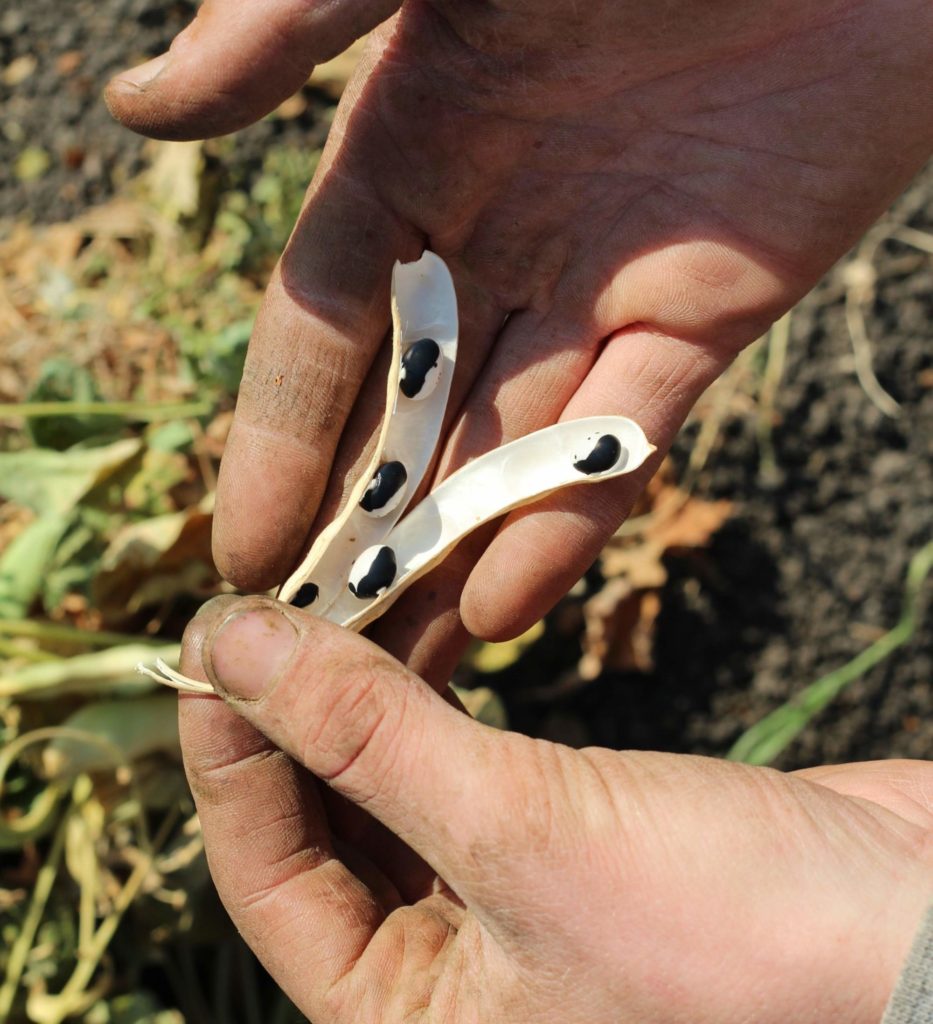
1. Restructure How You Are Buying Organically
No claims here about whether or not you should or should not consume meat. However, it’s fairly obvious that a pound of meat costs more than a pound of beans. If you’re looking to organically nourish your body, and meat is a part of your diet, consider eating less of it. Our carnivorous, Western diets perpetuate eating way more meat than we really need. Eat the rainbow instead! A healthy mix of fruits, veggies, and legumes can pack just as much protein as a serving of steak. Go for color! Additionally, with Instapots, pressure cookers, and one pot meals making bigger and bigger waves these days, soups, beans, and dishes that stretch over a couple of days are great alternatives to bigger, meat-heavy dishes. Not to mention, they are just as easy and not more time-consuming.
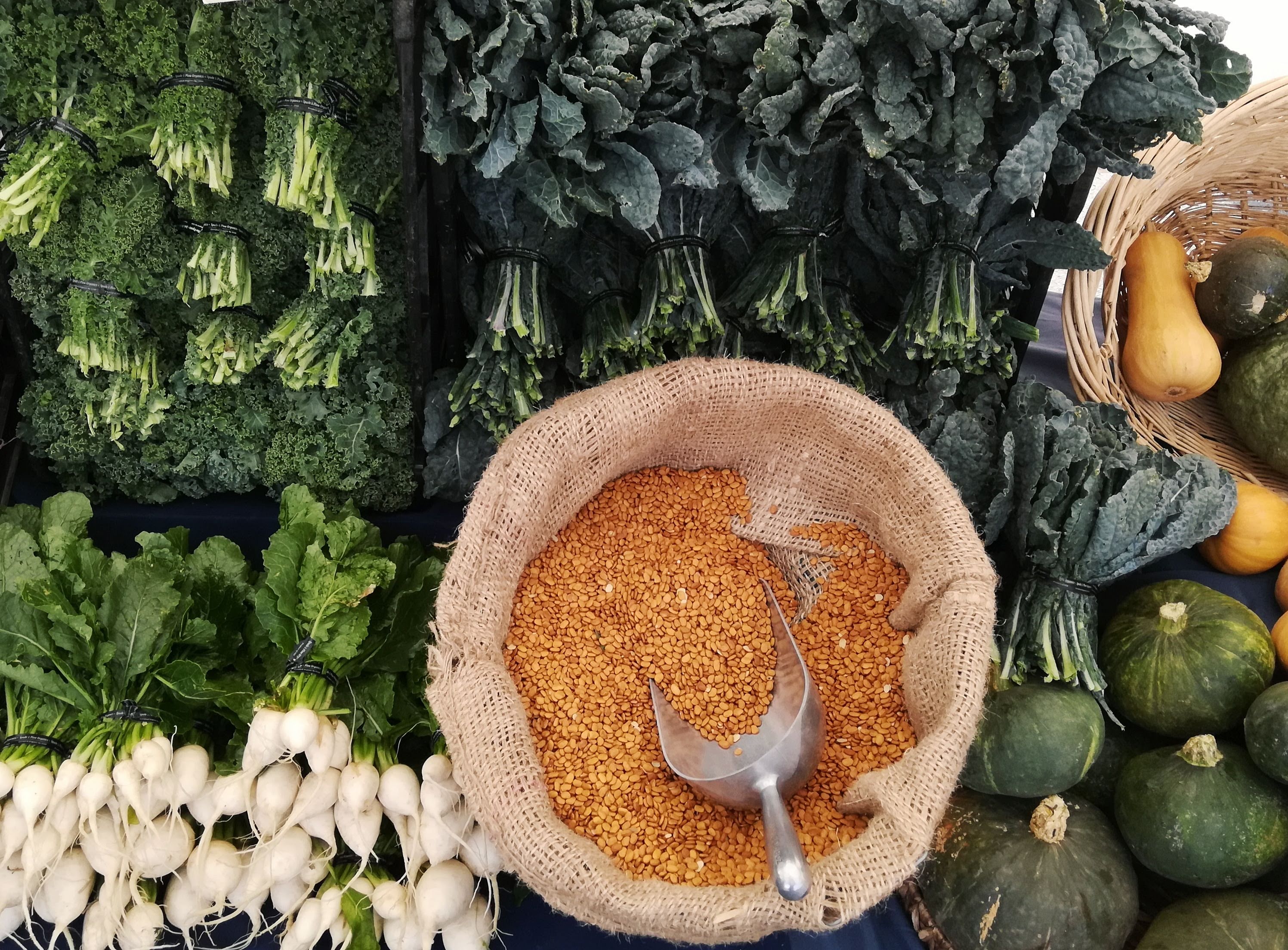
2. Bulk is Better
The packaging something comes in often has to do with why it is so costly. It takes more energy and resources to package a small amount of something than it does a big amount of something.
The same holds true when shopping organically. If you have enough storage space, stock up on bigger bags of beans, rice, oats, and canned goods. It might take a little more effort to plan ahead, make bigger meals, and save for later, but it can be a great way to save time and money.
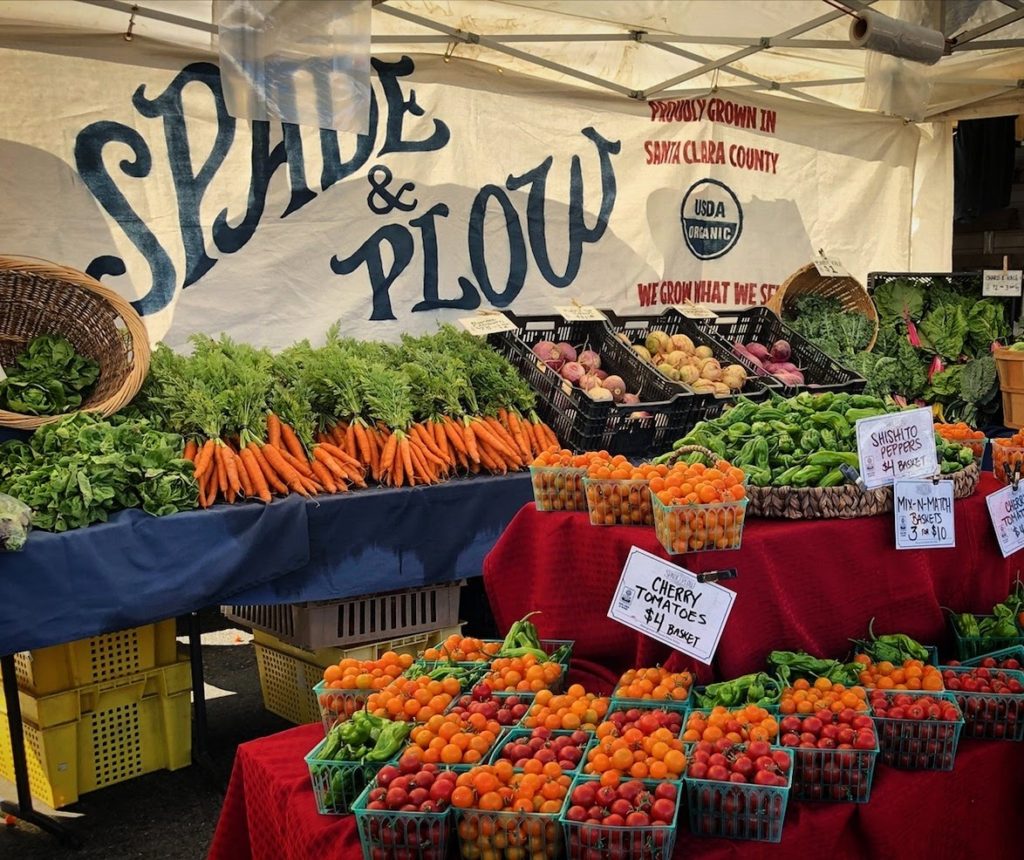
3. Make Friends with Your Farmers (Market)
Your local farmers’ market is the best way to get a hold of the freshest goods at the best price. There is a misconception that a farmers’ market is more expensive than the grocery store. Farmers selling their goods at the market are selling to a smaller community than those farms selling to big grocers and distributors, so, yes, things might cost a little more. But, farmers aren’t going to make their money by selling you a bunch of kale for $4. It would have to taste like a chocolate bar for you to buy it!
Because small farms are growing produce seasonally, because supply and demand is a thing, and because farmers want to be able to turn a profit for a day of prepping, loading, hauling, and selling at the market, you can find some great deals. The most in season produce often comes out to be the most cost-effective because there’s so much of it. It’s really a win-win for the farmer and the consumer. For example, look for something “3 for $5” deals on green onions or “2 for $7” pints of tomatoes. Depending on the crop, many farmers will sell some things by the case, so you can get more food at a wholesale price. (Ahem, see #2 above.)

4. Support a Local CSA
One of the best ways to shop organically (at a reasonable cost, on a consistent basis) is through a Community Supported Agriculture (CSA) program (often referred to as a farm share). Not all farms have a CSA program, but farms that do, thrive. CSAs ensure consistency in sales for farmers growing year-round. This is especially helpful in the slower, winter months. What’s more, CSA programs tend to be a better value than buying at the farmers market. Think about all of the overhead costs and risks of selling at a farmers market: staffing, stall fees, weather, attendance, quantities brought versus quantities sold, etc. The main cost being time. If farmers know what and how much they are packing in a farm share, then there is far less risk for spoilage, and they can harvest the exact amount they need. This saves time and money for everyone.
Ultimately, shopping organically is a conscious, informed choice on the consumer’s part. It might mean pinching pennies here and there, and it might take a little more research. But, the payoff – flavorwise and environmentally – is huge.

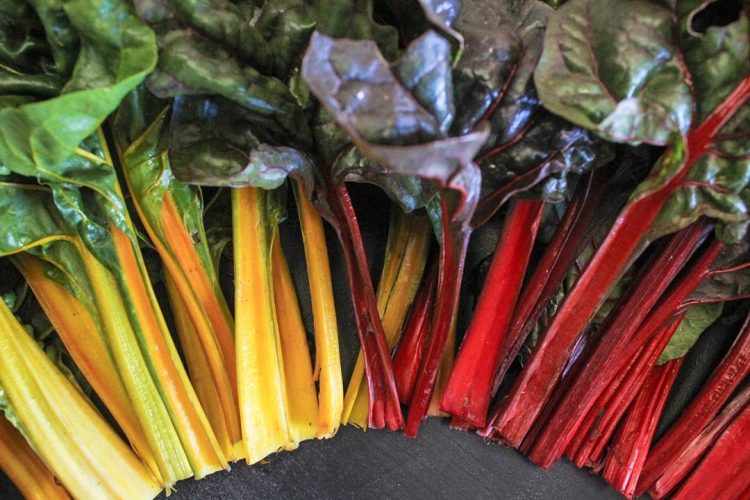










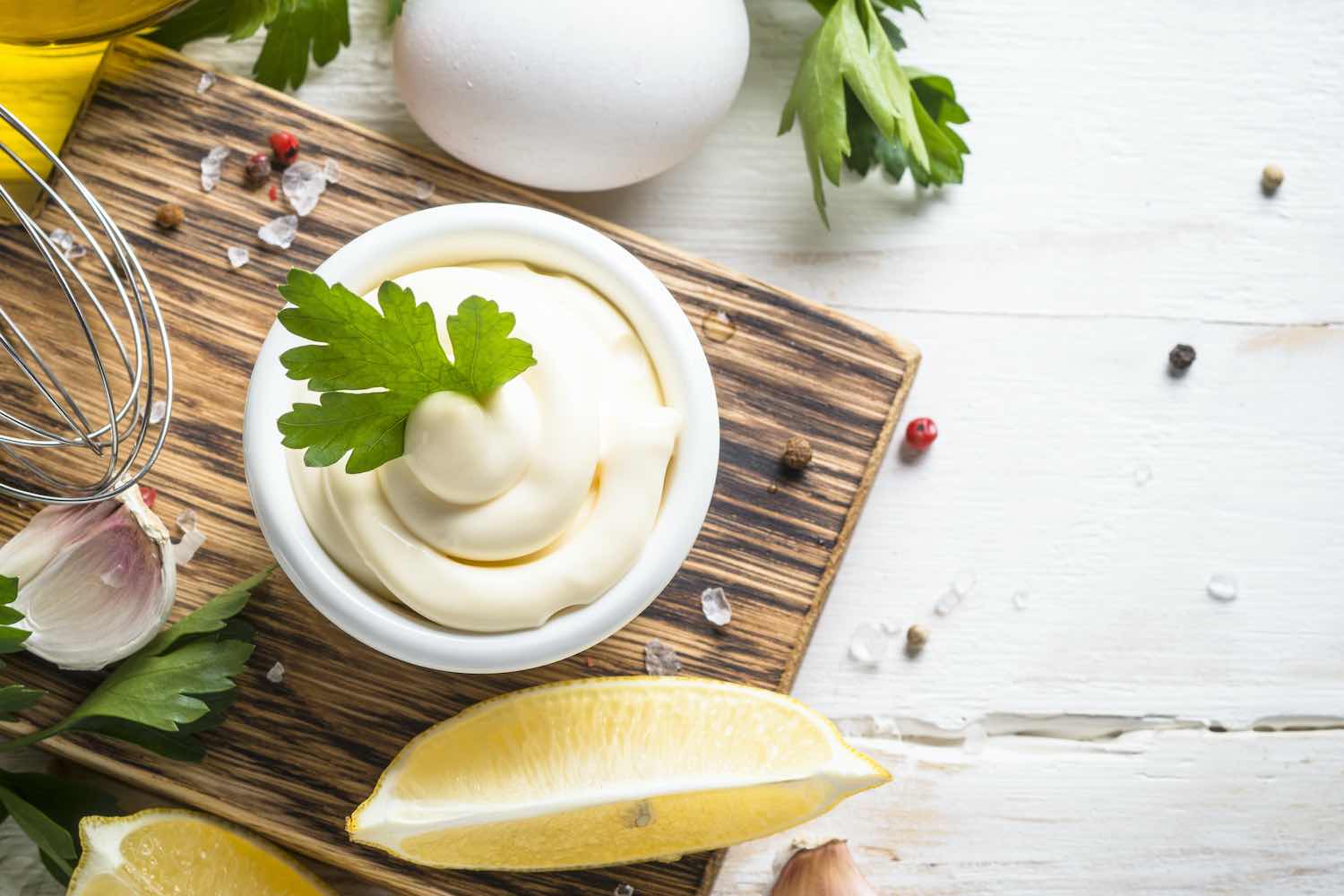


One reply on “Shopping Organically Doesn’t Have to Cost an Arm and a Leg”
[…] for us to redefine the way we work, learn, shop, and socialize. People are intentionally buying local, supporting and consuming in more conscious and sustainable ways. Traveling has, in a way, gone […]